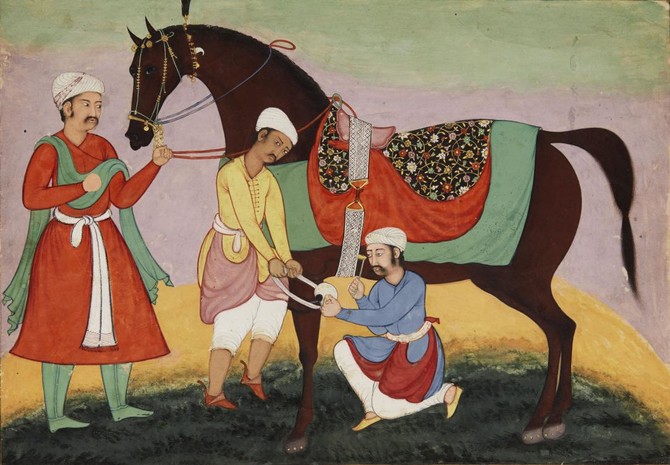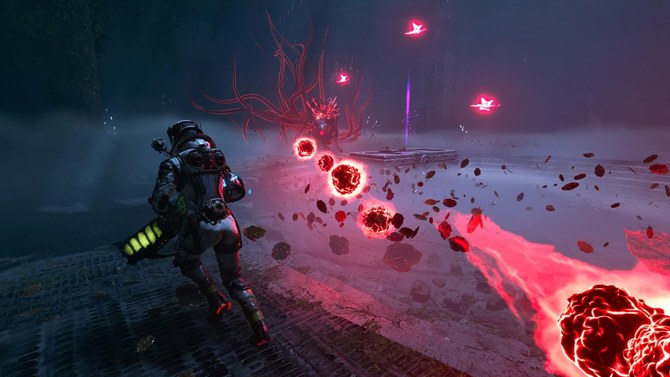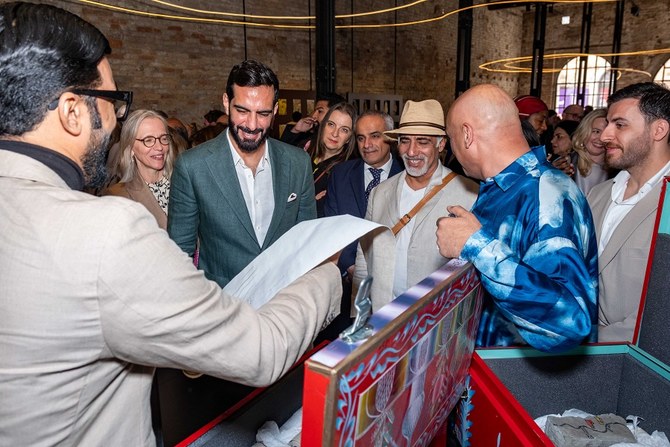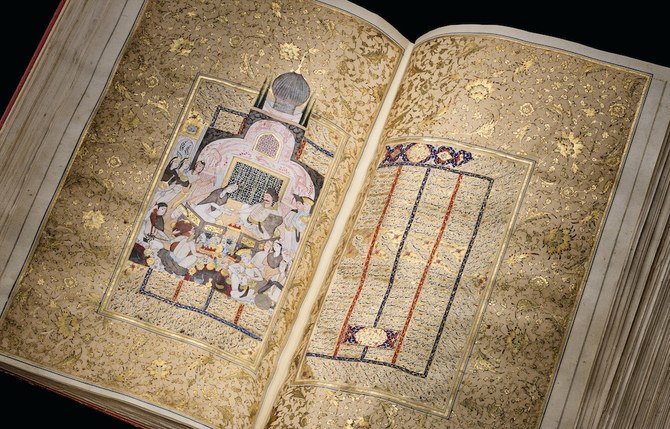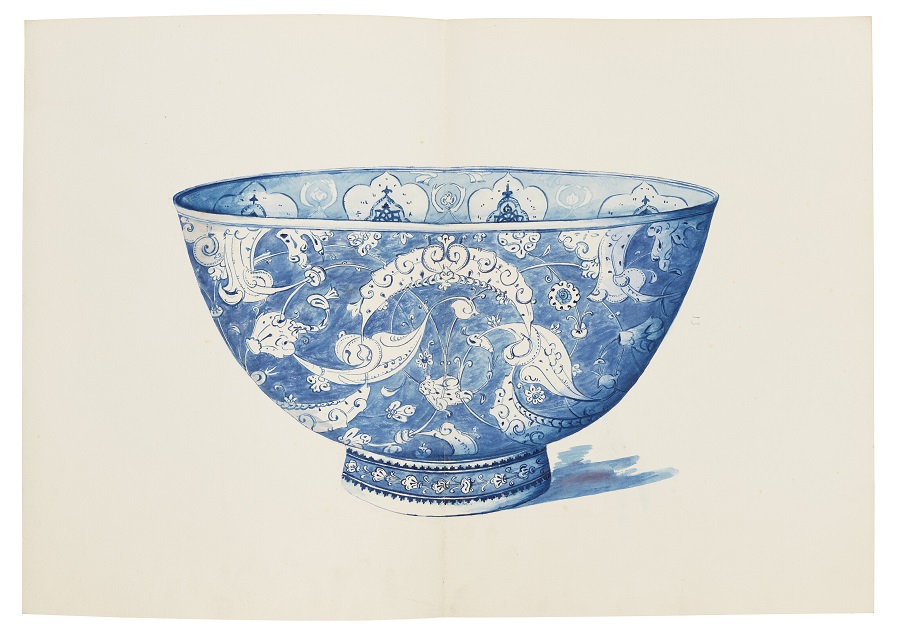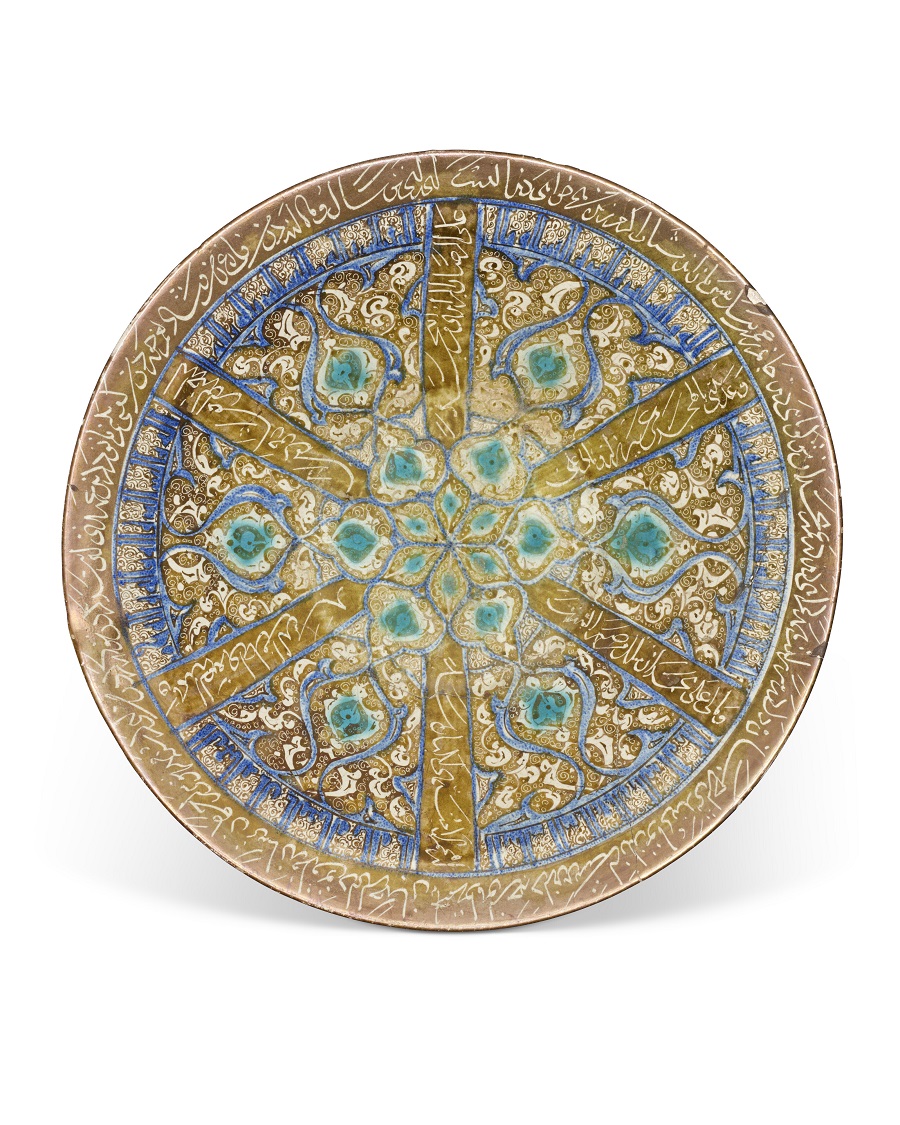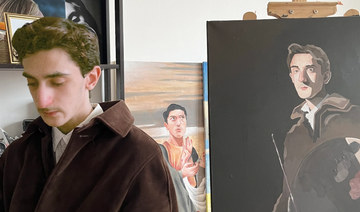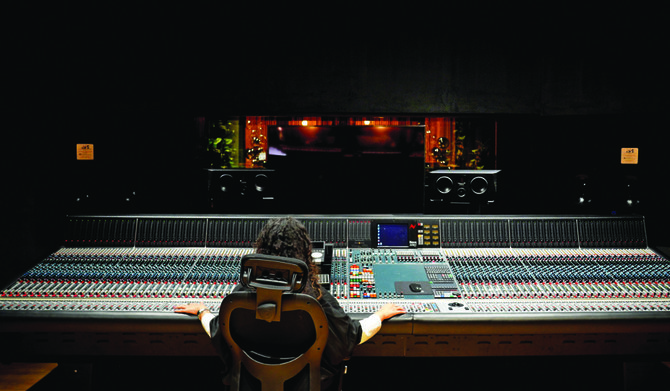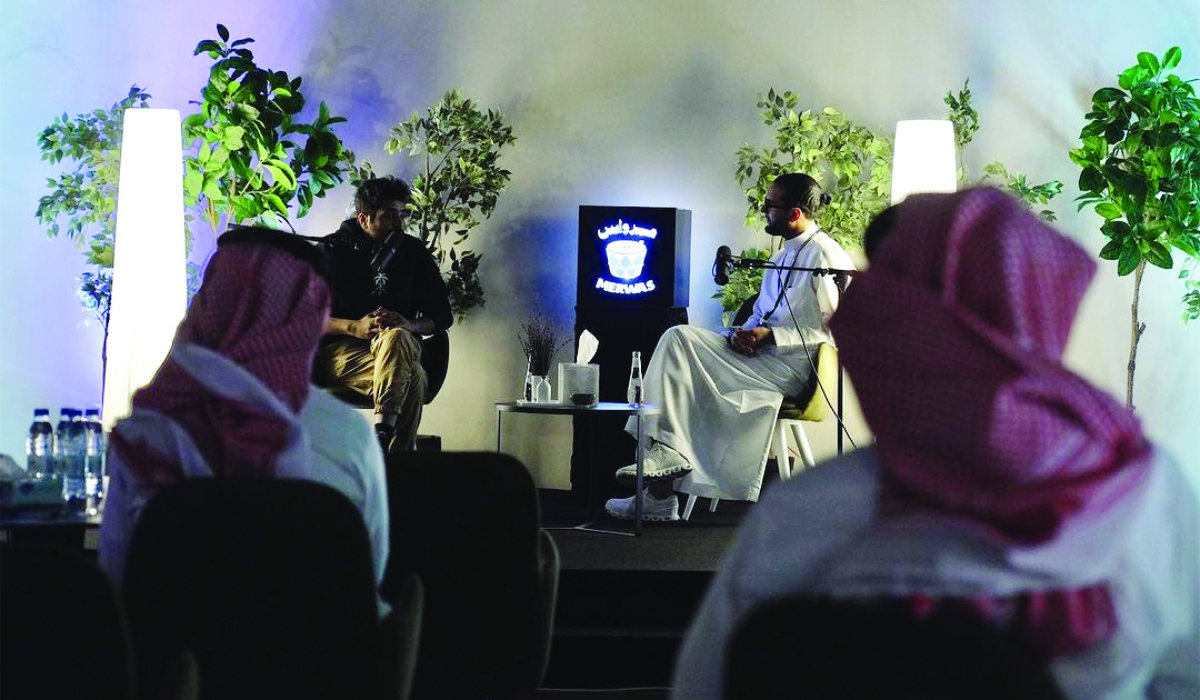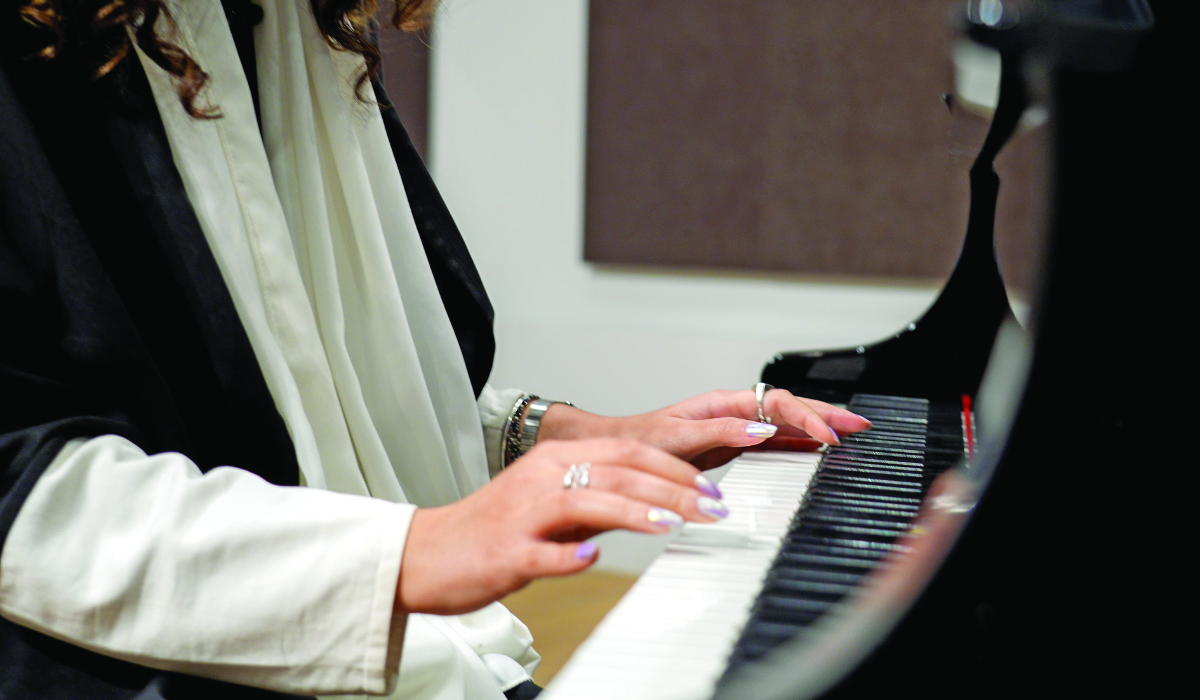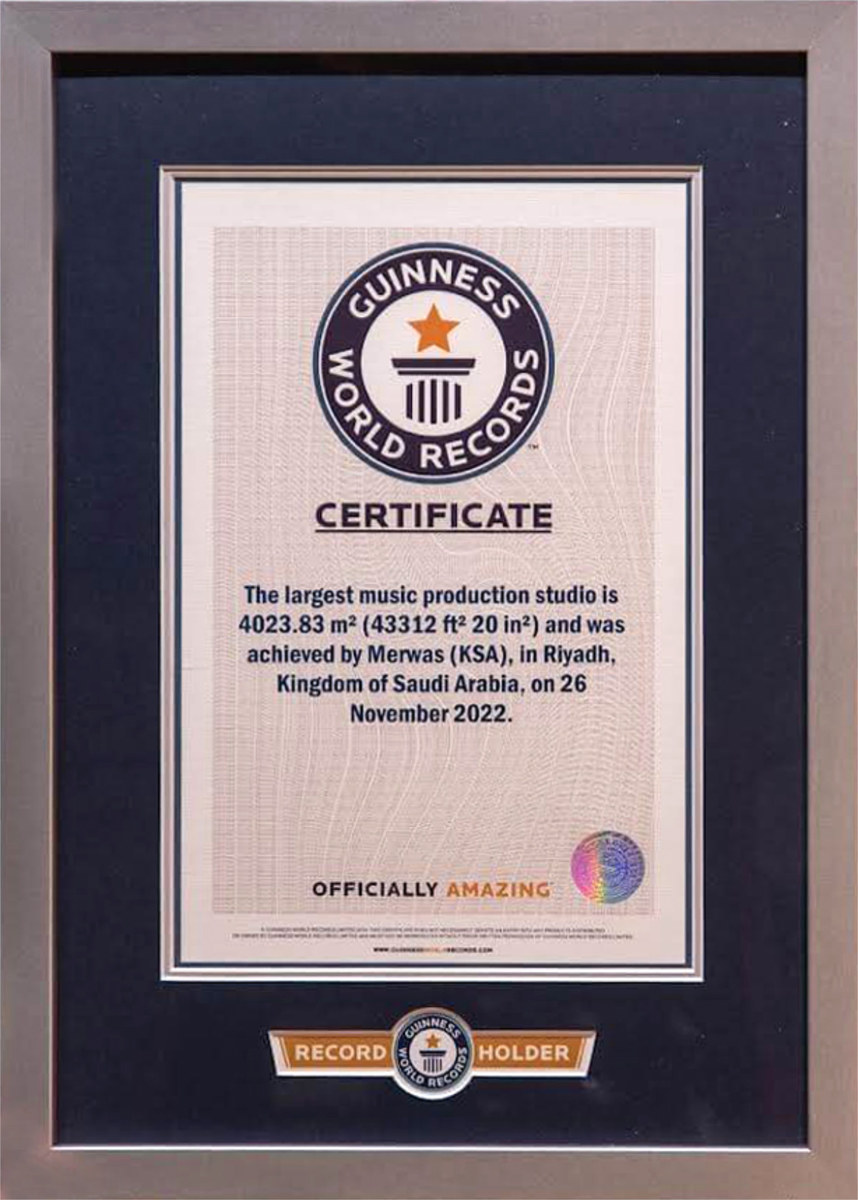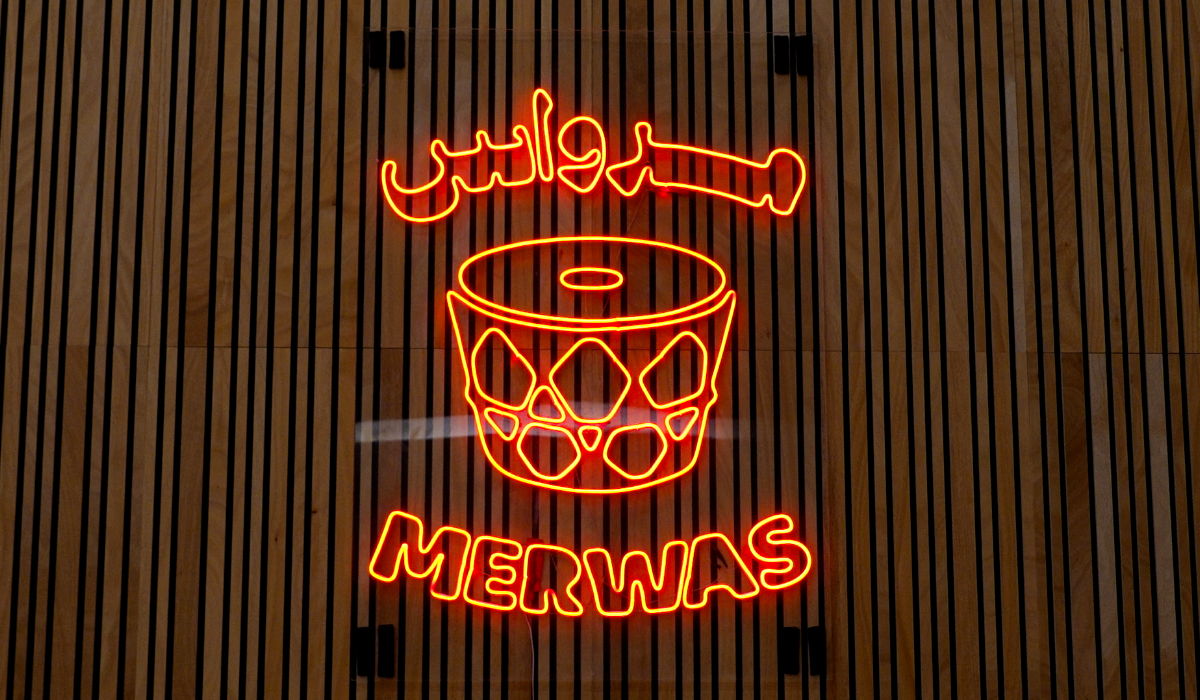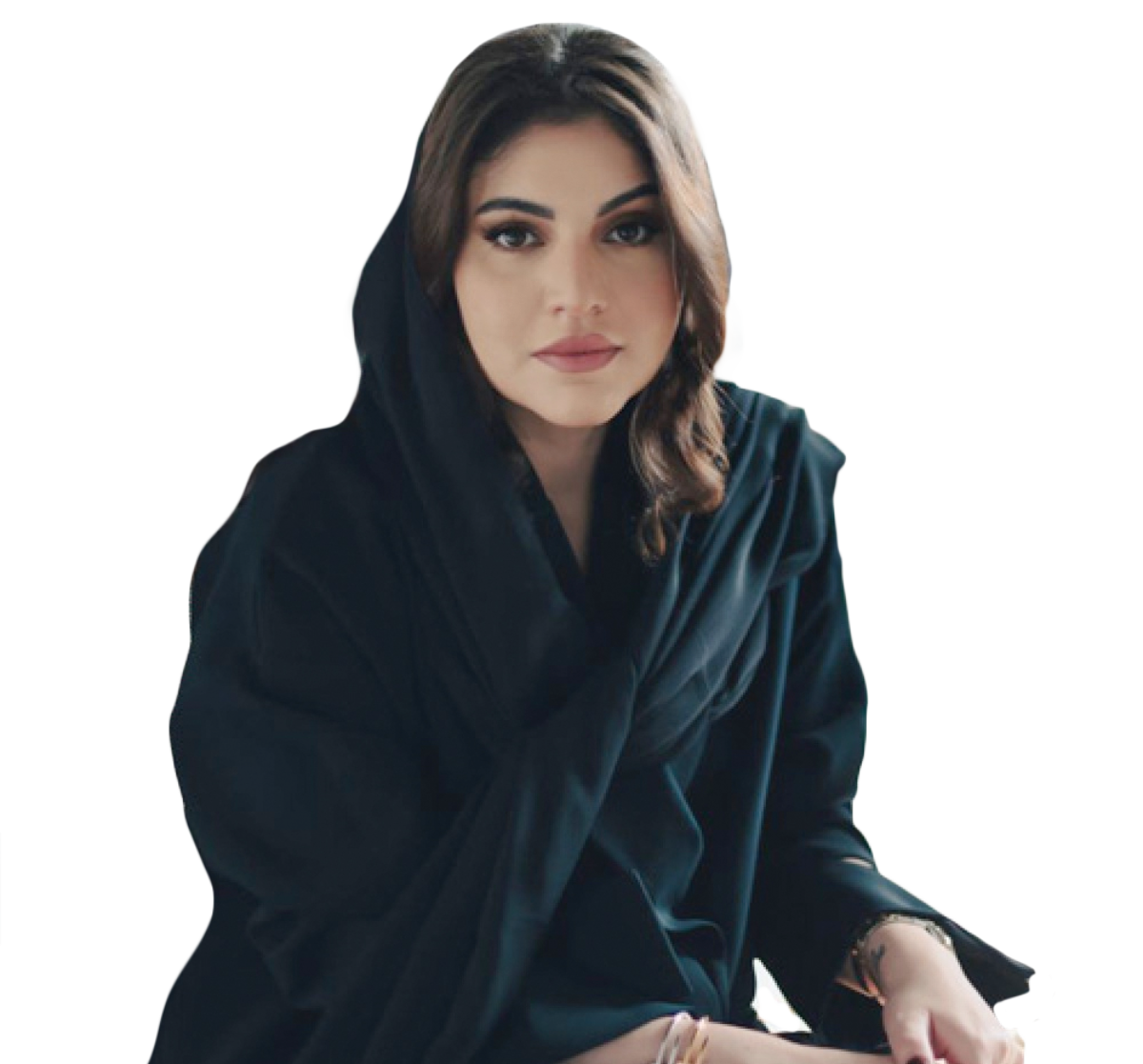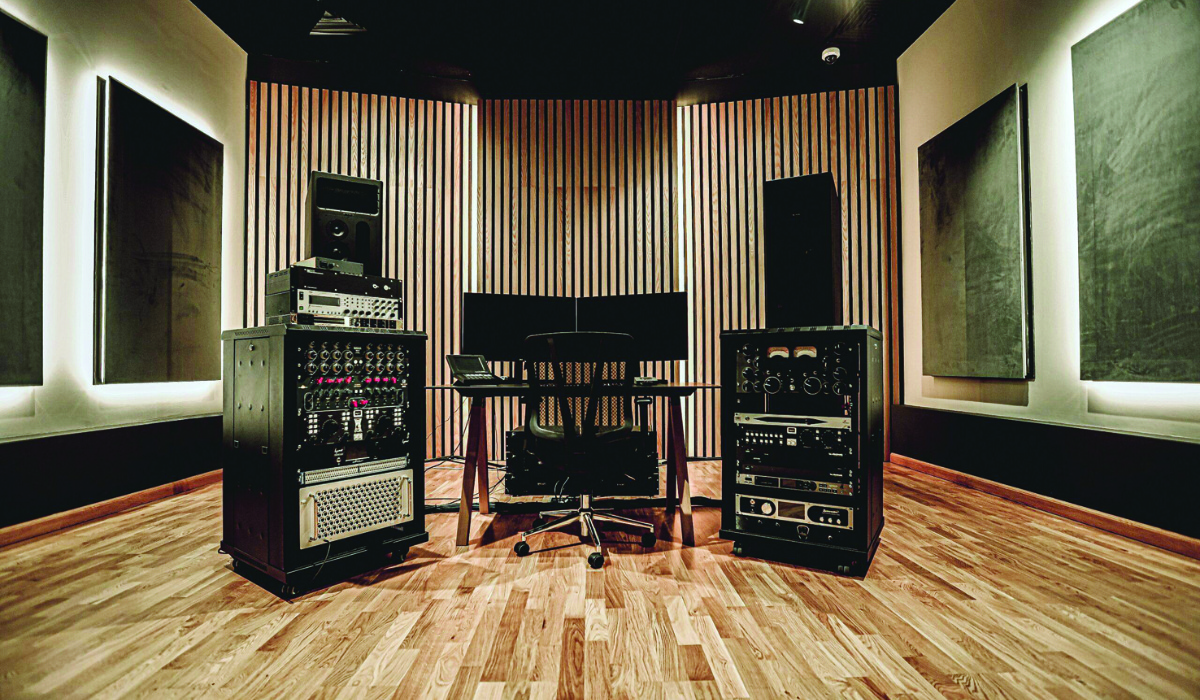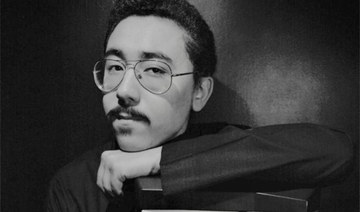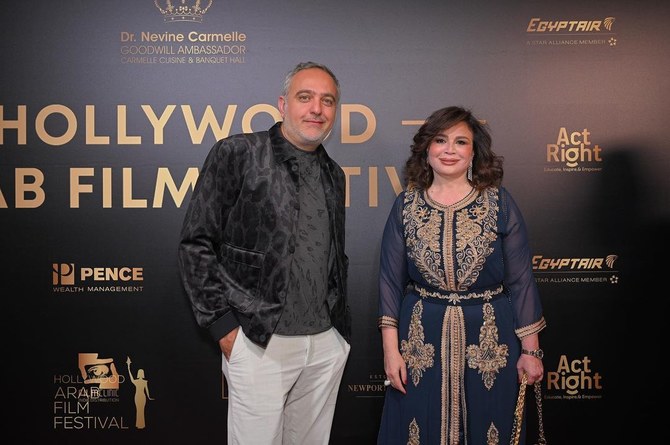LONDON: A Sotheby’s expert enters a grand, shuttered apartment in Greece. The curtains are drawn against the glare of the midday sun. As his eyes adjust to the gloom, he gasps in amazement at his surroundings. There in the half-light, glowing like jewels, are a number of exquisite Ottoman textiles of a quality rarely seen outside of museums.
This was the experience of Sotheby’s Middle East & India chairman Edward Gibbs in November 2016. Gibbs has accumulated extensive knowledge of the Islamic world, specializing in the decorative arts — ceramics, metalwork and glass. This introduction to the Ottoman textiles from the estate of Argine Benaki Salvago was one of the highlights of his career, he told Arab News.
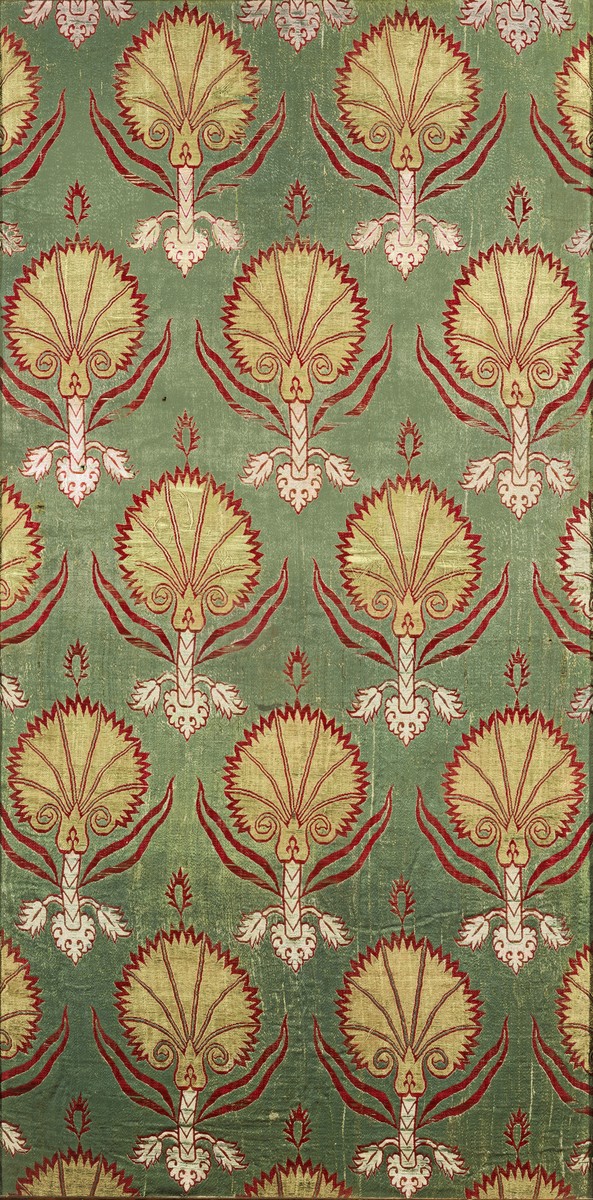
Such discoveries, he said, are “Howard Carter moments,” alluding to the famous exchange between the archaeologist and his patron Lord Carnarvon as Carter peered for the first time into Tutankhamun’s tomb: “Can you see anything?” “Yes, wonderful things!”
Salvago was a leading light in Alexandria society in the 1930s. She had originally hung the Ottoman textiles in the manner of paintings — framed on the walls of her home in Egypt’s great port city that was a hub for art, commerce and creativity.
When she and her family moved to Greece, these precious possessions were taken to decorate her new home, while much of her extensive collection was donated to museums. After her death (WHEN??) Sotheby’s was commissioned to handle some of her private possessions. And what a sale it proved to be. The textiles sold for a staggering record-breaking sum of £2.3 million (roughly $2.9 million) in April 2017, against an estimate of £433,200-654,300.
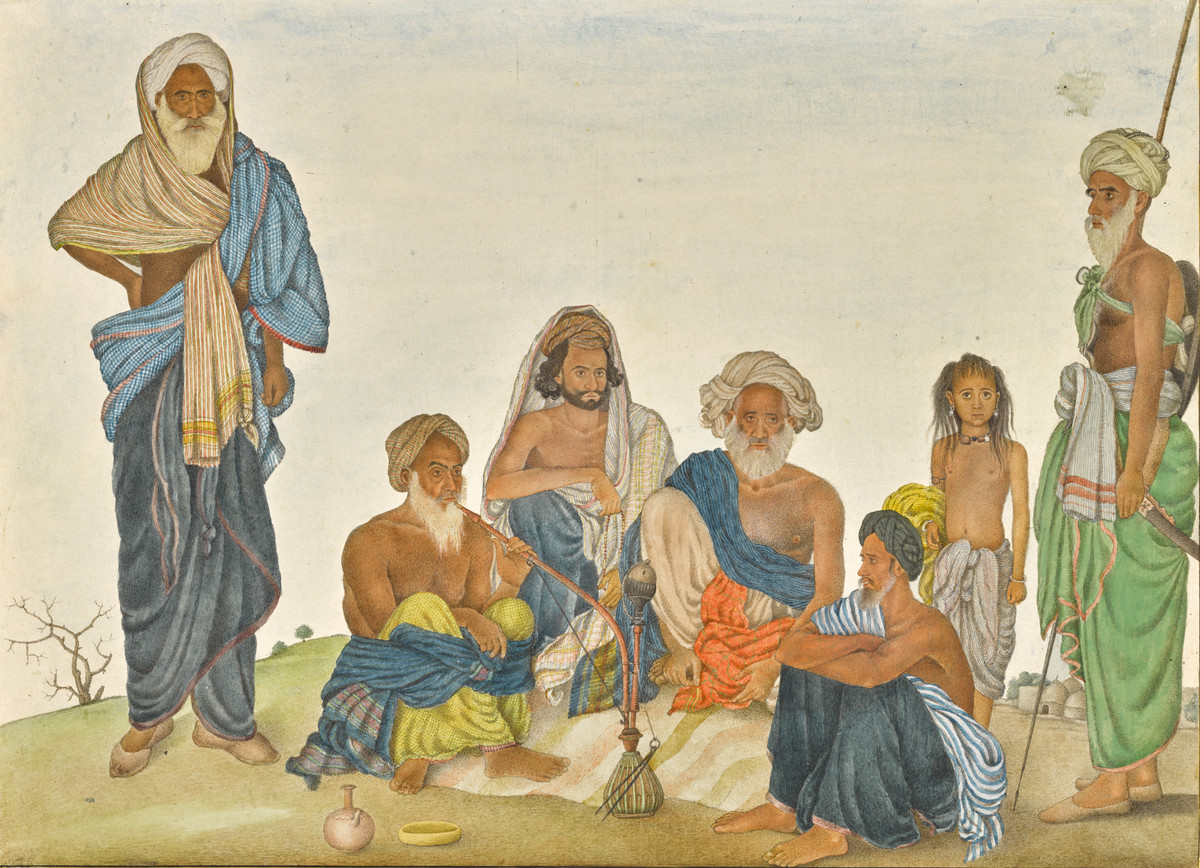
“If you can tick all of the boxes for rarity, beauty, condition and provenance, you are almost always going to have a great price,” Gibbs said of the sale.
Today, there is an ever-growing demand for Islamic artifacts of great rarity and design quality. This was evidenced by last year’s record-breaking sale of an Iznik dish. The extremely rare 15th-century ‘Debbane Charger’ fetched $6.92 million. Such prices are more usually associated with rare Chinese porcelain.
That particular sale all started with a vague email enquiry and slightly blurry image sent by the dish’s owners, who acquired it from the Debbane family in 1968.
“We were massively surprised that it emerged like that. We didn’t even know at that stage if it was for sale or just an insurance valuation or authentication request,” Gibbs recalled.
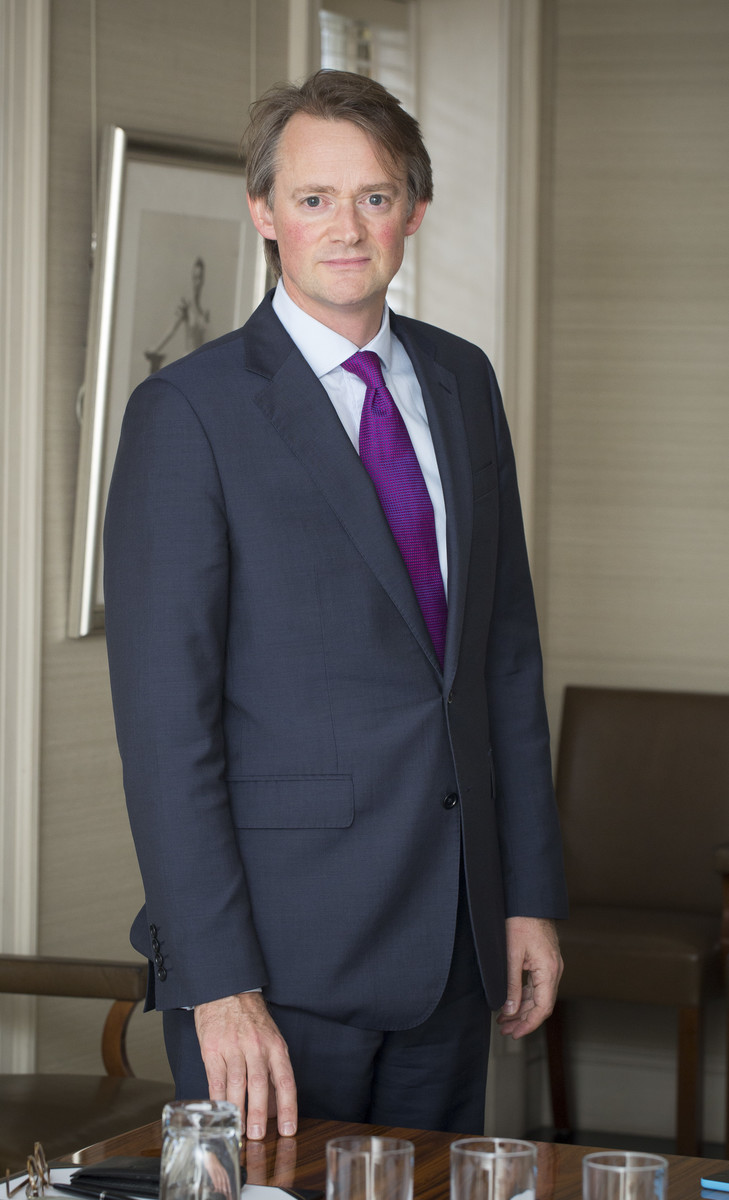
Edward Gibbs
“What this price tells us about the market is that there is a voracious appetite for masterpieces — the best of the best. There are only three other dishes which are comparable and these are in museum collections, so they are not going to come to the market. So this was a unique opportunity for collectors,” added Benedict Carter, Sotheby’s Head of Auction Sales, Middle East.
He described the atmosphere in the room during the sale, where he was representing a phone client: “As the bidding hit two million pounds, you could have heard a pin drop, and I suddenly became aware that my conversation could be overheard. I looked around and saw that the room had filled with curious spectators fascinated by the proceedings.”
He was similarly surprised by the fierce bidding for an early 19th-century Company School Indian painting from the Fraser Album, which sold for £296,750 ($380,451) in 2017 — far exceeding its £25,000 to £35,000 estimate and once again setting a world record.
‘Art from the Islamic world,’ Gibbs explained, is a long-established category that has been collected privately and showcased in museums for over 100 years. He emphasized that it is important to distinguish between art from the Islamic world and ‘Islamic art.’
“Art from the Islamic world is a very broad category encompassing all types of materials and including both religious and secular objects,” he explained. “Most of the items displayed in the British Museum’s new Albukhary Foundation Gallery of the Islamic World, for example, are secular. The patrons who commissioned these objects can be motivated by spiritual concerns or simply by practical needs — for example, dishes, pots and pans for their palaces.
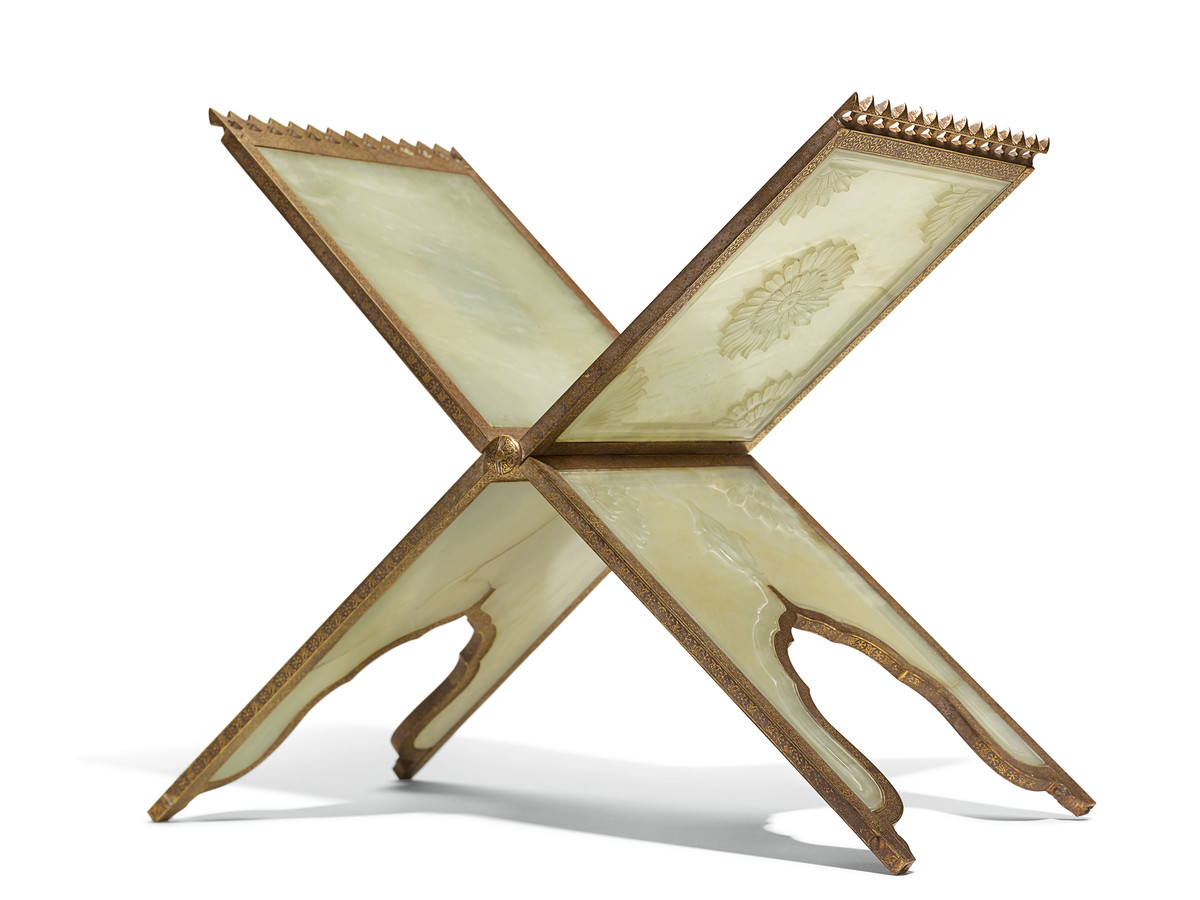
“The profile of the collectors is very broad. They come from all four corners of the globe. It is a truly international market and always has been,” he added.
Gibbs traces the “genesis” of collecting arts of the Islamic world back to the mid-19th century and “the great exhibitions and world fairs of the 1850s and 60s in London, followed by Paris and Chicago.
“Countries from the Middle East saw their arts and crafts showcased in pavilions; that really lit a spark which coincided with the first Thomas Cook tours to the Middle East. People visited mosques and other monuments and became interested. Great collections were built at that time,” he said. “In the late-19th to early-20th centuries, you have people like the great Armenian collector Calouste Gulbenkian who built the Gulbenkian Foundation now housed in Lisbon. You have Alfred Chester Beatty, an American mining magnate who left his library of manuscripts, now housed in Dublin Castle, to the Irish nation. You have Charles Lang Freer who funded the construction of the Freer Gallery of Art in Washington, DC. These and other such great collectors marked the beginning of collecting interest.”
Interest in the category continued to grow in Europe and North America in the 20th century from collectors building private collections and assisting in the growth of museum projects such as the Victoria & Albert Museum. And in the 1970s, Sotheby began its dedicated auctions.
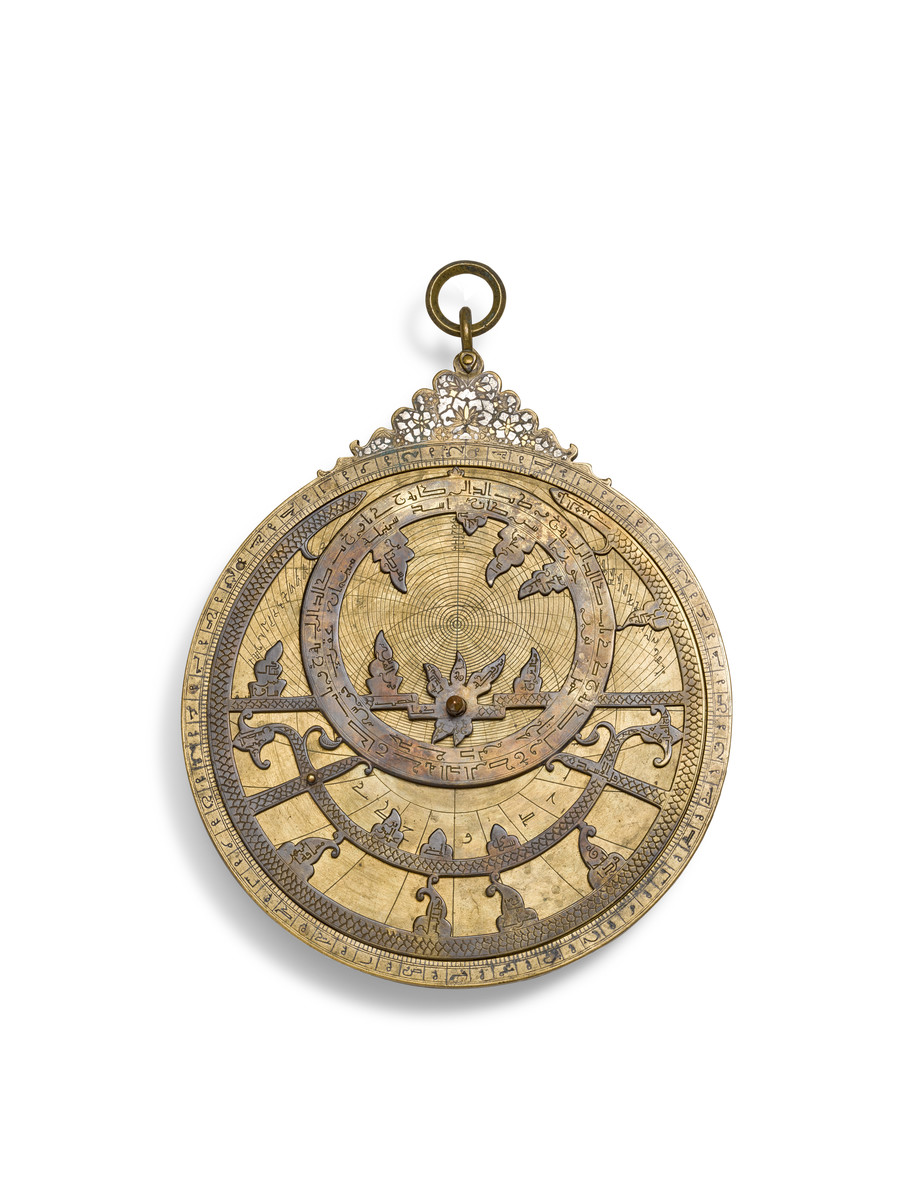
“That initiative was galvanized by interest coming from Iran — the Shah of Iran and Empress Farah, his wife. The circle around him started to collect in earnest. With the overthrow of the Shah, that circle of collectors migrated to Europe and America but continued to collect. The Persian/Iranian collectors have underpinned the market for over four decades,” said Gibbs. “Then you add to that the traditional, established European and American collectors, the Turkish and Lebanese collectors, and Indian collectors who buy Indo-Islamic art, and then, in the 1990s, you’ve got this new tsunami of liquidity coming from the Gulf.”
Many of the better-known collections — including the Khalil and the Keir (now called the de Unger) for example, the catalogues of which are now considered standard reference works — have become so because of loans to established institutions. And the growth of major ‘satellite’ projects such as the Aga Khan Museum in Toronto and the Museum of Islamic Arts in Malaysia, owned by the Albukhary family, have also contributed to the enormous popularity of art from the Islamic world.
In the 21st century, collectors from the Gulf have continued to become more involved. Gibbs cites the collection of Sheikh Nasser and Sheikha Hussah in Kuwait. “This used to be on public display until the Iraqi army torched the museum and looted it,” he said. “It is now held by the family in safekeeping but is still shown through loans around the world.”
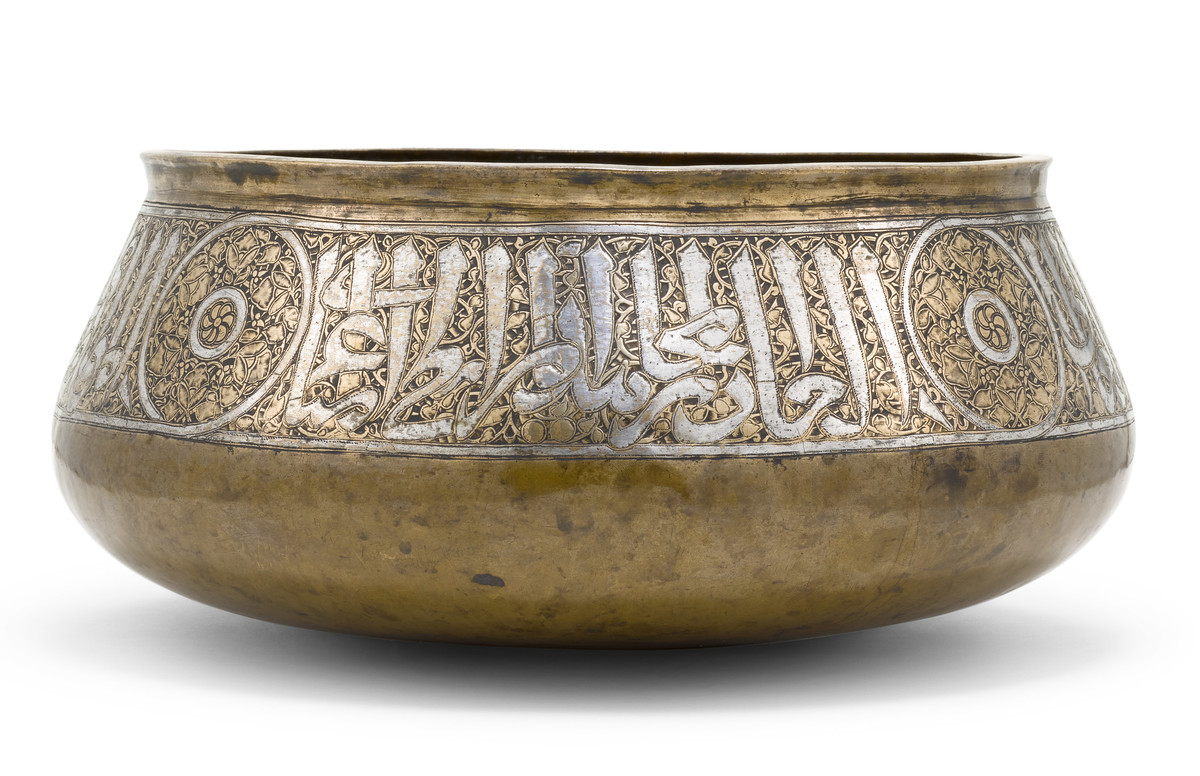
War has always posed a grave threat to art; you only have to reflect on the devastation of recent years in sites such as Palmyra in Syria and Mosul in Iraq. Inevitably, some precious objects end up being looted, but these tend to stay on the black market, Gibbs explained.
“People know that if they bring things to Sotheby’s that are in any way tainted they are probably going to lose them, as we are not going to be able to offer them for sale — and we may even hold them,” he said.
For Gibbs and Carter, every day holds the promise of a new find. “I still get that ‘Thank God it’s Monday morning’ feeling when I come to my office and open my email,” said Gibbs. “No two days are alike. There are lots of extraordinary things yet to be discovered.”


